How to Teach Decoding in 9 Simple Steps
How to Teach Decoding in 9 Simple Steps
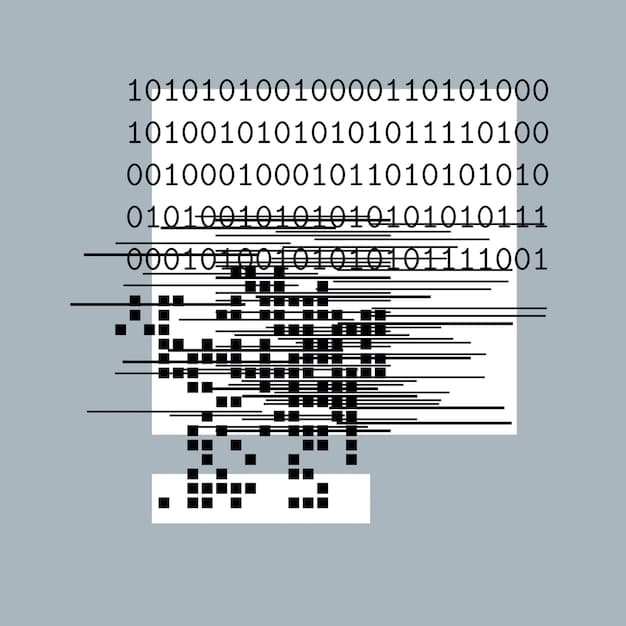
One of the most significant components of early literacy teaching is decoding teaching. Decoding also assists children to learn how the letter and sounds can be used together to create words- the first step leading to fluent reading and a good comprehension. Children become more confident readers when they are able to master the decoding skills because they can read the words they did not know, develop vocabulary, and be more independent readers.
Good decoding teaching is more than memorization of sight words. It is concerned with the creation of phoneme awareness, sound blending and identification of spelling patterns that promote fluency in reading. Whether you are a teacher planning phonics or you are a parent helping your child learn reading at home, a systematic method to imparting the skill of decoding can turn the learning to read process into a fun and a successful process.
This guide is a 9-step decoding instructional plan that would simplify the process of teaching phonics and make it very effective. Since the process of establishing letter-sound relations is introduced up to the point of relating decoding with comprehension, every phase is practical, evidence-based, and classroom-tested. At the end, you will have a clear roadmap that will enable you to succeed in turning every child into a good decoder and lover of reading forever.
Effective Techniques for Teaching Kid Decoding Skills in Reading

The decoding skills are all about ensuring that the process of reading is made interesting and possible among kids. The instruction on decoding should be based on the phonemic awareness, or the ability to perceive, detect, and manipulate sounds in words, so that children would easily relate letters to respective sounds. Teachers can build confidence and accuracy in word recognition by dividing reading into minor manageable activities so that young learners can build strong skills in the process of learning to read.
The use of the visual aid, a phonic song, and interactive games make the lessons interesting and memorable. Children never learn well when they are pressured to decode activities but when they treat it as a game. The repetition of sounds, rhymes, and matching exercises with sounds and letters enhance memory and develop automaticity, which is the important step to become a fluent reader.
This is aimed at ensuring that every child feels successful in every reading milestone. As children have any kind of progress related to hearing a new sound or reading their first sentence, their motivation and confidence would increase automatically. This positive reinforcement, in the long term, makes decoding practice a good habit to have, which sets the stage of the success of reading throughout a lifetime.
Decoding Definition and Its Role in Early Literacy

Decoding is the process of being able to read the written symbols, letter, letter combinations, and words, and convert them into the spoken form. It is the process that enables children to sound out the unfamiliar words, thus, it is one of the most basic reading skills. The process of decoding in early literacy provides the transition between the awareness of letters to the fluent, meaningful reading level. Children can hardly read either with accuracy or confidence without good decoding skills.
Decoding Beams Phonics to Comprehension for Reading Development
Decoding beams phonics to comprehension as it helps children overcome a stage whereby they identify sounds and move ahead to recognize the meaning of what they read. Young learners, who understand words in a short period of time, have mental capacity to pay attention to the story, vocabulary, and ideas. It is this smooth decoding to comprehension that leads to early readers becoming fluent readers who are able to read and comprehend without effort.
Early learning of decoding
Early learning of decoding is also a way of avoiding reading problems in the future. Children that learn to decode at a tender age will not feel frustrated and will not fall behind their peers. Fluent readers have automatic processing of words, whereas struggling readers tend to be stuck in the process of decoding words and hence affecting the comprehension and fluency. When the teachers and parents focus on decoding instructions at the initial stages of literacy, they provide a solid basis of reading success and academic development.
The Importance of Letter-Sound Recognition in Decoding
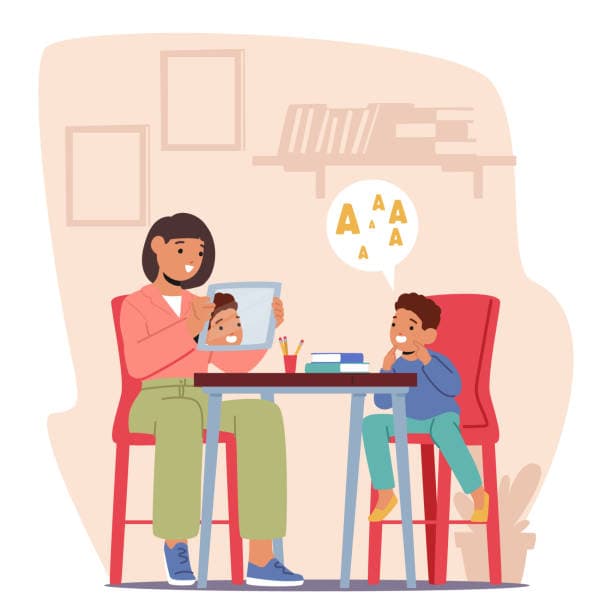
Children cannot start reading words with confidence until they have learned to match every letter with its associated sound, i.e. letter-sound recognition. This is the underpinning of the teaching of phonics and it makes the children realize that letters are sounds and when the sounds are combined they create meaningful words. Good letter-sound knowledge can be used to foster accurate decoding, reading fluency and long term comprehension.
Letter-sound recognition supports decoding in reading: The control of recognizeing the sounds into letters and the other way around is the transition to the coordination of print with speech enabling children to decode new words on their own. Once young readers are able to find the sound that each letter produces they are able to combine the sounds to create new words that they do not know. This ability is the foundation of the initial reading of children as they are capable of becoming more confident and fluent as they transition between simple consonant-vowel-consonant (CVC) words such as cat or dog to more complicated words.
Engaging activities like sound-matching, alphabet cards, or rhyming exercises: There is no need to learn and memorize a connection between letters and sounds, making it monotonous and dull. Sound-matching games, alphabet flashcards and rhyming songs are some of the interactive phonics exercises that make the process enjoyable and unforgettable. As an example, the teacher may also work on making the children find objects that begin with a given sound ( Find something that begins with a b! ) or work with letter cards to create simple words that can be sounded out. Such playful techniques render the process of decoding less frightening and enjoyable.
Gradual move from single-letter sounds to blending two or more sounds for word formation: The best way to teach decoding is step by step cumulative. Single-letter sounds such as knowing that a /b/ sound is produced by b are the first ones that young learners must master first before proceeding to blends such as bl, tr, or st. After they have gotten used to the idea of a combination of two or more sounds, they start to observe the way letters can be combined in order to create a complete word. This is a landmark in the development of early literacy.
Fun Ways to Teach Sight Words for Kindergarten
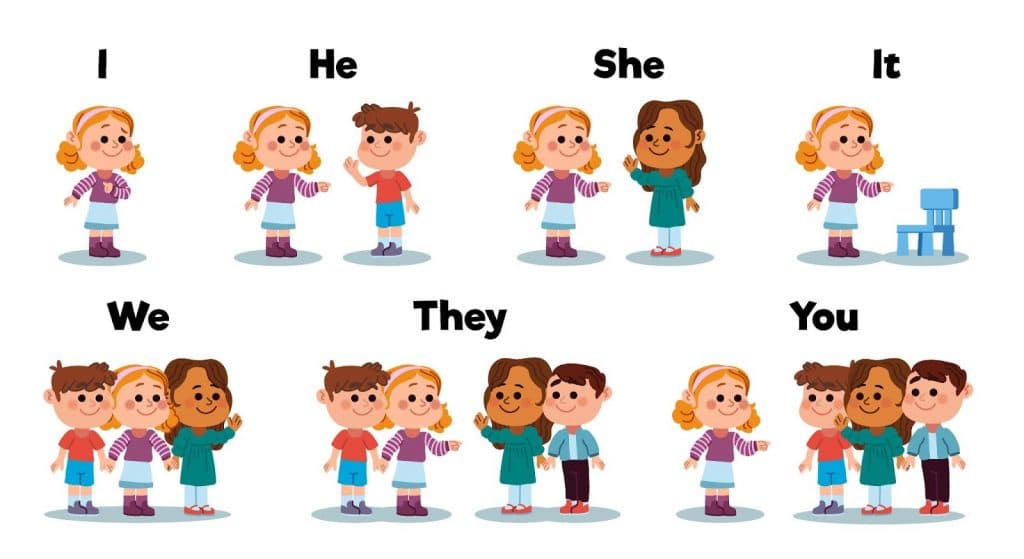
Sight words are words that are commonly used and the children are required to know them at a glance so that they can read smoothly such words as the, said, and was which can not always be decoded phonetically. Learners of the first grade can learn how to read using sight words in an interactive and fun way to provide them with confidence in reading, fluency, and enjoy the process. The aim is to make the reading experience a positive experience with repetition being like a play instead of a work.
One of the tools that have been proven to be highly effective in strengthening sight word recognition is flashcards. Colorful flash cards using large fonts can guide the children to identify words using visual memory, especially by teachers and parents. Word bingo is one step up on this learning as it adds excitement and competition. When children listen to words and cross them out on their bingo cards, they develop auditory recognition and focus and have a fun time at a classroom or home activity.
Sight word learning is very much interesting because matching games and word hunts appeal to both physical activities and mental capabilities. During matching games, children match same sight word cards and this enhances recall and association. Word hunts, in their turn, turn classrooms or houses into learning playgrounds and the children are trying to find some hidden words on the walls, inside books, or with objects and so on to strengthen recognition and familiarity with words in contexts.
Digital applications and interactive reading programs are technology-based learning tools that are used to teach sight word instructions using music, animation, and games. Apps can make the process more personalized, they could track progress, and the mastery could be rewarded with amusing visuals or sounds which would inspire the kid to keep practicing. These digital experiences are additives to traditional teaching practices and bring about reading as an enjoyable daily routine.
Decoding in Reading Through Phonics-Based Methods
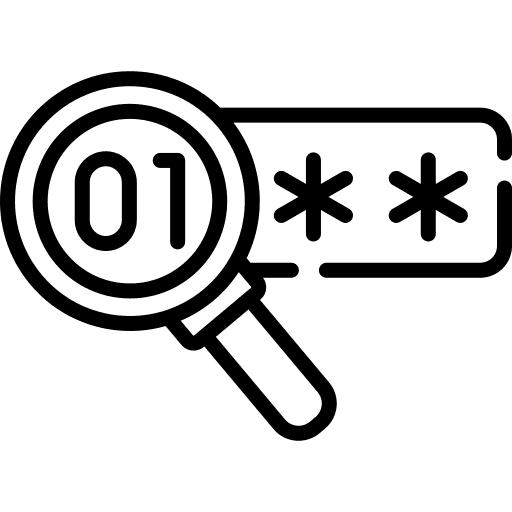
Phonics gives an orphan a background to the process of decoding since it teaches children the relationship between letters and letter groups and sounds. Once young learners learn these sound patterns, they are able to break words down in a systematic way and read more efficiently as well as learn to have confidence in facing new unknown words. The phonics based teaching does not only reinforce the decoding skills but also forms an automatic rhythm in reading which facilitates the understanding and enjoyment.
Educating Children on the Combinations of Letters to Form Sound: Among other factors, phonics involves making children learn how various letters and combinations of letters can be used to create specific sounds. An example is the letters sh in ship or bl in black that make some distinctive sounds that cannot necessarily be concluded by individual letters. Explicitly instructing such patterns, teachers provide students with instruments to spell new words on their own, which makes the reading faster and more accurate.
Spelling Patterns and Phonics-Based Readers: Phonics based readers are specifically created books that work to strengthen the sound letter association as well as regular spelling. These readers enable the children to practice context decoding, that is, using their phonics understanding in real words and sentences. Combining reading with spelling activities enhances memory and enables students to be aware of repetitive patterns, which accelerates decoding to become automatic and more efficient.
Progressive Development of CVC Words into Blends and Digraphs: Phonics should be taught in an orderly way. Simple sound blending is acquired by beginners using simple CVC words such as cat, dog, and sun. When they become comfortable, they proceed into more complicated blends and digraphs like ship, black and frog. Such a slow methodology makes sure that the children develop at a manageable, confidence building pace the ability to decode fluency, as they can read new words easily and acquire lifelong reading skills.
Teaching Kindergarten to Read with Decoding Techniques
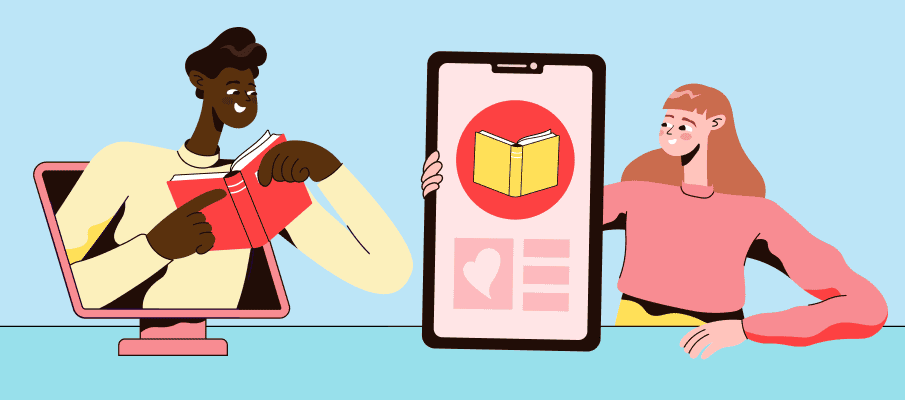
The process of teaching kindergarten students decoding techniques to read includes practical methods to achieve the necessary results both in the classroom and at home. Such techniques are aimed at assisting young readers to relate letters and sounds, train blending, and become familiar with the new vocabulary. Regular, active, and systematic activities will make sure that children will get excellent decoding skills that will be the foundations of fluent reading.
Decodable Book Reading Sessions on a Daily Basis: The use of reading session on a daily basis using decodable books enables the children to gain experience in utilizing phonics knowledge in contexts. Decodable books are specifically created in a manner that they contain words that correspond to the letter-sound patterns children had already acquired, to make them feel a sense of triumph and deepen their decoding abilities. Frequent exposure can make reading fluency and enhances vocabulary and promotes reading habit at a very early age.
Echo Reading and Pair Reading as a Reinforcement: The strategies to support the decoding skills are pair reading and echo reading. During pair reading, the child reads together with an adult or more experienced reader who demonstrates high-level reading, as well as appropriate pronunciation. Echo reading is the process where the child reads words or sentences right after the adult. Both approaches are immediate feedback and assist children to internalize rhythm and pacing and to develop confidence in sounding out unknown words.
Combining Short, Focused Decoding Lessons: Word-oriented lessons allow the children to learn a particular pattern of phonics without overwhelming them. Lessons can be made relatable with the help of examples that are relatable, i.e. words that are related to things or experiences that people encounter in their daily lives. Small reading tests and repetitions would help educators and parents to monitor progress and make sure that children strengthen the patterns which they have learned and gradually proceed to more complicated words, which will eventually create a strong base of independent reading.
Decoding and Reading Comprehension: How They Connect
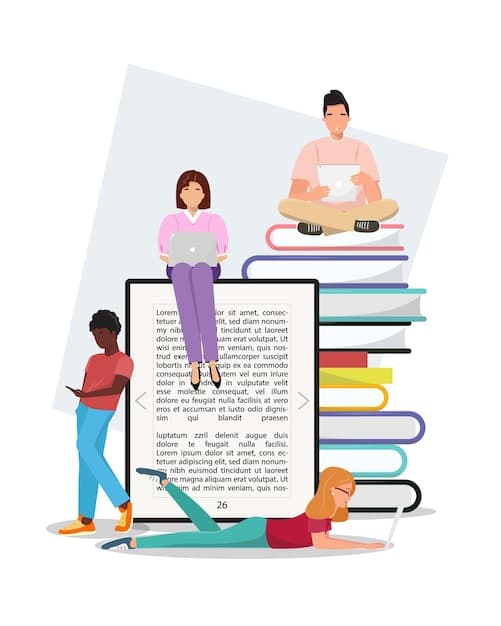
Decoding is crucial when it comes to reading comprehension since children can learn to recognize words automatically and use the rest of the mental energy on interpreting the words being read. Efficient decoding among the young learners results in fluent reading, fewer mistakes and is more capable of linking ideas, drawing meaning, and enjoying reading. The construction of both decoding and comprehension makes reading meaningful and worthwhile.
Correlations Relationship Among Fluency, Accuracy and Understanding: Good and perfect decoding plays a direct role in comprehension. As children can read words very fast and correctly, they can pay their attention to the plot, the vocabulary, and the text instead of attempting to read each word loudly. It is the smooth reading rhythm that enables them to make association between the sentences, make sense of the sequence and remember that information and it reinforces their literacy skills on a general basis.
The interactive between Decoding and Vocabulary Development: The vocabulary development and decoding are inseparable since when children decode new words, they are exposed to new vocabulary. The ability to sound out and read these words correctly and comprehend them increases their language knowledge which consequently increases their level of understanding. The larger the vocabulary of children, the more they can read and be aware of, the more complicated texts they can comprehend.
Activities Involving a mix of Comprehension and Decoding Activities: The practice of decoding and comprehension activities should be combined to strengthen both of them. An example that can be presented is where children can read a short passage, which is decodable, and then answer simple questions regarding the text. It can promote word recognition, fluency, and meaning-based comprehension among the learners in one combined practice because it can make them decode word by word whilst concentrating on the meaning.
9 Main Decoding Strategies for Early Readers
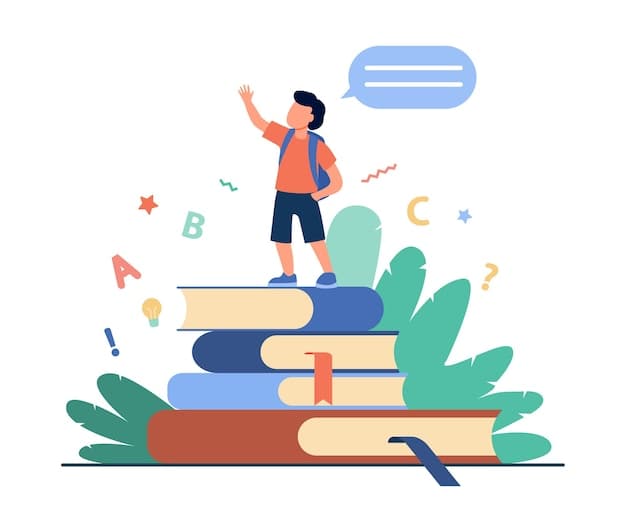
Nine Key Decoding Techniques for Beginning Readers For early readers, decoding is crucial, and these nine techniques give kids the confidence they need to tackle words. Each method makes reading enjoyable and productive, and it can be used in the classroom or at home.
Individually sound out each letter Say the sound of each letter separately (for example, c-a-t for cat). Ask students to spell words out loud at home or use letter cards in the classroom.
Combine Sounds Words are created by combining sounds (e.g., /d/–/o/–/g/ = dog). Parents can practice blending with toys or objects, and teachers can demonstrate it.
Divide Longer Words Into Individual Syllables Break up words with multiple syllables, such as basketball, into bas-ket-ball. To make reading easier, tap at home or clap syllables in class.
Seek Out Known Prefixes and Suffixes Recognize common endings (-ing) and beginnings (un-). Play word-building games at home or highlight them on word walls.
Use Picture Clues: Pictures can be used to guess words. In class and at home, point to book illustrations for hints.
Strategy of Skip and Return Read the remainder of the sentence and go back to the word if you're stuck. This context-based approach can be modeled or guided by parents and teachers.
Identify Word Patterns Recognize word families such as bat, hat, and cat. For easy recognition, use charts at home or in the classroom.
Make use of analogies and rhymes Examine new words against well-known rhymes, such as cake → bake. At home or in class, engage in rhyming games.
To strengthen recognition, go over sentences again. Reading frequently improves fluency. Confidence is increased by reading favorite stories aloud in class or in pairs.
Decoding Strategies - FAQs
What are the best decoding strategies for struggling readers that can be applied in the classroom?
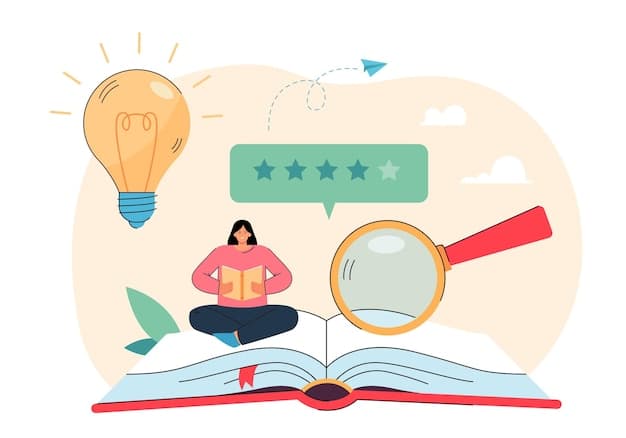
Single-group instruction, multisensory phonics teaching, and daily decoding are the most effective decoding classroom techniques. The methods are individually based, engage more than one sense to improve retention, and make sound-letter links repeatedly.
How can teachers incorporate fun ways to teach sight words into daily lessons?
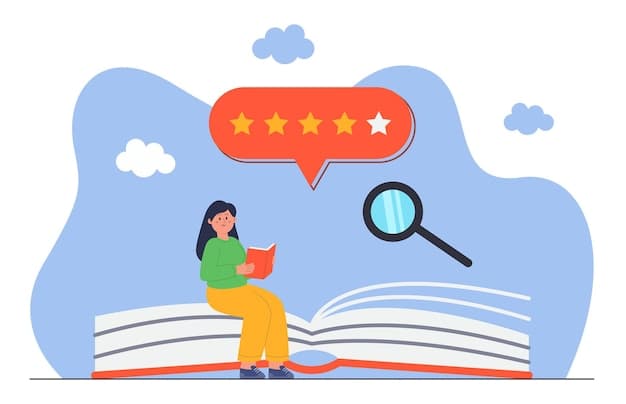
Games, songs and repetitions can make sight word practice enjoyable to the teachers. Memorization can be made an interactive and interesting experience using the activities such as word bingo, matching cards or challenges with flashcards that help to keep learners motivated.
What role does decoding in reading play in improving overall reading comprehension for young learners?

Decoding assists the children to understand words automatically so that mental energy is available to interpret meaning. The comprehension will be enhanced as the decoding will be fluent which will enable the young readers to read and enjoy what they read more efficiently.
Why is understanding the decoding definition crucial for effective kid decoding practices?
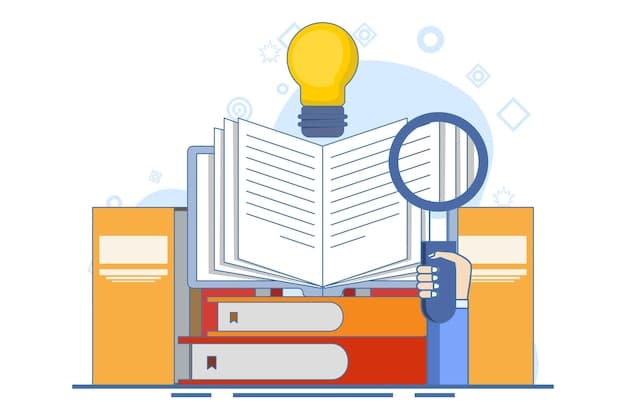
The knowledge of the true meaning of decoding is the reason why teachers focus not only on sound-letter mapping but also on word recognition. This bilateral emphasis enhances reading fluency and preconditions the good development of literacy.
How can parents and teachers use decoding words examples to enhance a child's reading ability?

Decoding can be practiced through use of words familiar and high interest to the parent and teacher; this may be the name of animals, toys and family members. Real life examples that children can relate to enable them to associate reading with their daily life and hence learning becomes easy and unforgettable.
What methods can help teach kindergarten to read through phonics and sight words for kindergarten?
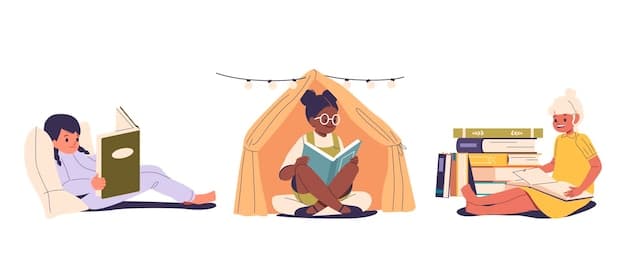
The most effective results are obtained through combining phonics-based decoding and sight word memorization. Such a combination of strategies will enable the children to decode the unfamiliar words but at the same time, recognise the common ones instantly, enhancing their fluency and confidence.
What are the long-term benefits of mastering decoding for a child’s academic success?
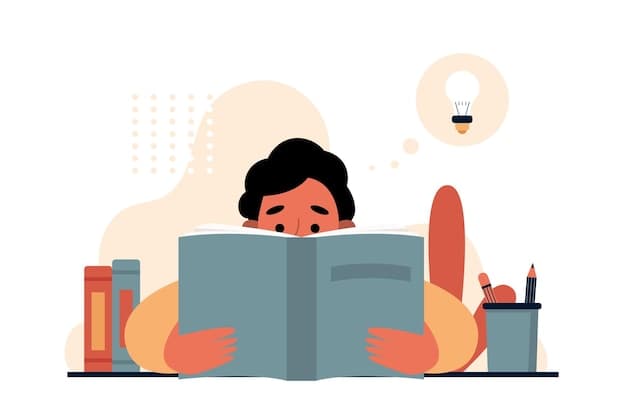
Decoding mastery is a solid base towards a reading fluency and comprehension and confidence. Effective decoding children achieve higher grades, have enhanced vocabulary and reading as a lifetime quality.